Writing: Non-Fiction
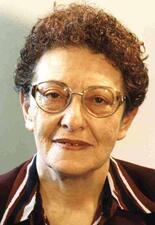
Chava Turniansky
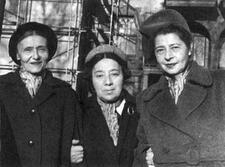
Malka Heifetz Tussman
Malka Heifetz Tussman introduced into Yiddish poetry one of the most rigid verse forms, the triolet, and mastered another, the sonnet corona. A teacher of Yiddish language and literature in the Midwest and the West, Tussman was awarded the Itzik Manger Prize for Yiddish poetry in Tel Aviv in 1981.
Ellen Umansky
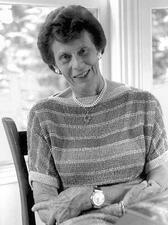
Joy Ungerleider-Mayerson
Joy Ungerleider-Mayerson rescued the faltering Jewish Museum in New York. She shifted the museum’s focus from avant-garde art back to Judaica, launched exhibitions of art rescued from the Holocaust, and restored the struggling institution’s financial stability. She also created the Dorot Foundaiton, launching some of the finest non-denominational Jewish study programs worldwide.
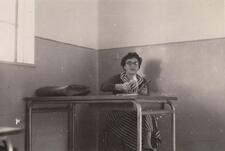
Charlotte Wardi
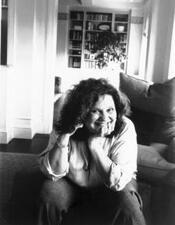
Wendy Wasserstein
In 1989, Wendy Wasserstein won the Pulitzer Prize for The Heidi Chronicles and was the first woman playwright to win a Tony Award. After graduating from the MFA program at the Yale School of Drama, in which she was the only woman, Wasserstein wrote countless dramas, three musicals, various comedy skits for television, and a series of essays published in the New Yorker, Esquire, and Harper’s Bazaar.

Miriam Weiner
Through her genealogical program Routes to Roots, Miriam Weiner helped Jews access historical records that had survived the Soviet suppression of information throughout Eastern Europe.
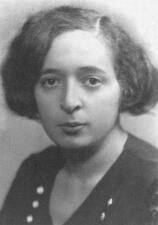
Trude Weiss-Rosmarin
Trude Weiss-Rosmarin made great advances for women’s involvement in Jewish life through the schools she created and her editorship of the Jewish Spectator. A dynamic speaker backed by broad-ranging Jewish scholarship and a prodigious memory, she was a popular lecturer at synagogues and Jewish centers across the United States and a foremost critic of American Jewish life and institutions.
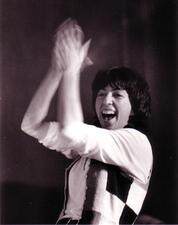
Naomi Weisstein
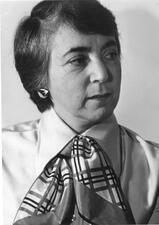
Barbara Mayer Wertheimer
Barbara Mayer Wertheimer gave a voice to the voiceless, empowering thousands of women union workers through her initiatives in the late 20th century. Wertheimer established the trade union women’s studies program in 1972 and developed several other academic programs, giving working women access to education and the ability to interact and organize with other union workers.
Mildred Wertheimer
Mildred Wertheimer was a scholar of international relations and political science in the early twentieth century. In the 1920s, few women worked in the field of foreign policy, and even fewer achieved her level of scholarship and renown.
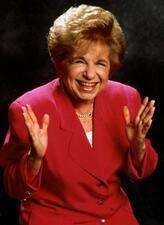
Ruth Westheimer
Ruth Westheimer, who lost her entire family in the Holocaust, served in the Haganah, and received her Ed.D. from Columbia University, was an unlikely candidate for the role of host of a cheerful talk show about sex. However, her celebration of human sexuality, derived from Orthodox Judaism, made her an influential and highly successful proponent of joyful, responsible sex from the 1980s into the third decade of the twenty-first century.
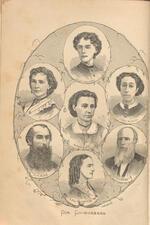
Cora Wilburn
Cora Wilburn was one of the most prolific American Jewish women writers of her time. Much of her work appeared in secular and Spiritualist publications, but during her final decades she published poetry in Jewish publications. Her autobiographical novel, Cosella Wayne, published serially in 1860, is the first coming-of-age novel to depict Jews in the United States.

Rachel Wischnitzer
Rachel Wischnitzer was a pioneer in the fields of Jewish art history and synagogue architecture. Her wide-ranging scholarship included books, articles, book reviews, and exhibition catalogs on ancient, medieval, and modern Jewish art. The breadth of her contributions to the history of Jewish art and architecture is exemplified in her lifelong dedication to her work.

Ruth R. Wisse
Charlotte Wolff
A pioneering German-Jewish lesbian and feminist physician, Charlotte Wolff became interested in sexology, psychotherapy, and chirology while working as a physician in Berlin’s working-class neighborhoods. Soon after the Nazis came to power she fled to France and then to England, where she began researching and writing books on chirology. In the 1960s she turned her research to homosexuality and published a landmark study on lesbianism.
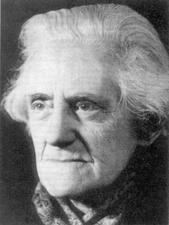
Nelly Wolffheim
Nelly Wolffheim spent her career developing and teaching a kindergarten curriculum based around Sigmund Freud’s psychoanalytic framework. She taught this curriculum, which encouraged children to express their sexual desires, to Jewish women teachers in Berlin. After escaping Germany for England in 1939, Wolffheim struggled to continue her research but began publishing her work again after the war.
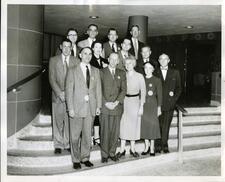
Theresa Wolfson
Theresa Wolfson, economist and educator, taught at Brooklyn College from 1929 until her retirement in 1967. A prolific writer, she published in the fields of labor economics and industrial relations. As early as 1916, Wolfson studied barriers to the advancement of women in the workplace and the unequal treatment of women within trade unions.
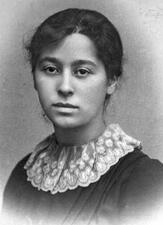
Writers in Victorian England
Spurred to publish initially as a response to the concerted campaigning of Christian conversionists, women writers were the first Anglo-Jews to produce literature on Jewish themes in England. By the end of the nineteenth century, literature by Jewish women had expanded to encompass not only works defensive of the dignity and rights of Anglo-Jewry, but also satirical novels critical of the community’s materialism and marriage practices.
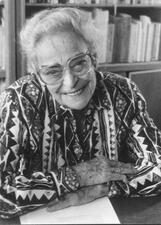
Leni Yahil
Leni Yahil was a German-born Israeli scholar and pioneer of Holocaust research in the decades following the Second World War. Working closely with Yad Vashem, she was among the first to emphasize Jewish primary sources, explore the importance of Jewish resistance, and document the Jewish experience in Northern Europe during the Holocaust.
Yiddish Literature in the United States
Writers of a broad range of texts—passionate and erotic lyrical verse, social realist fiction, affecting descriptions of immigrant life, nostalgic paeans to their Eastern European homes, dirges to those murdered in the Holocaust—Yiddish women writers were modernists and traditionalists, romantics and realists, prose writers and poets. They represent no single school or line of development, but rather the range of women’s voices contained in Yiddish literature.



